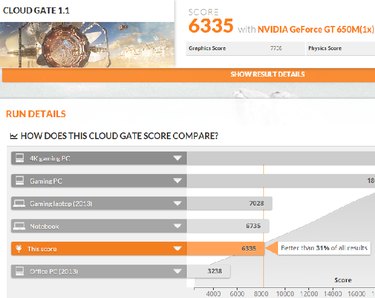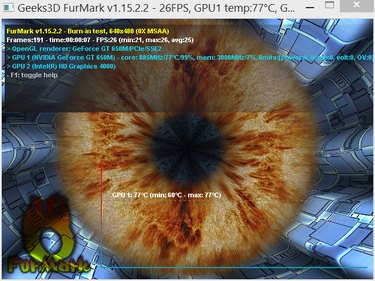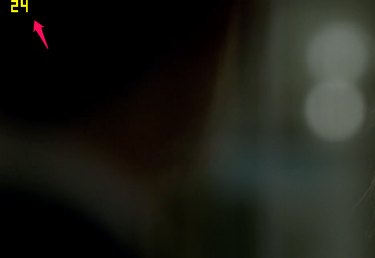You've just gotten a new PC or a new video card. You're ready to fire it up and get going, but you first want to test your graphics performance power. You'll want to analyze the video card, also called the graphics processing unit. By benchmarking your GPU, you can get an idea of how smoothly your system will run and compare your results to computers with similar configurations in order to ensure things are working as intended. Three popular tools can test the performance of your video card in different ways.
- 3DMark is basically the standard in video card benchmarking. It offers a very simple and graphical interface as well as many streamlined options for easy comparison of results with others all over the world.
- FurMark is a completely free alternative to 3DMark. While it doesn't offer the ease of comparison and streamlined graphs of 3DMark, it does have other benefits. You can also stress test your GPU to identify possible problems with the card or the cooling. In addition, it can be used to test the stability of an overclock.
- FRAPS is designed to display the frame rate of a program currently accessing your video card. This tool is especially handy for gamers since it enables you to instantly measure the performance impact of adjusting graphics settings within a video game.
Video of the Day
Video of the Day
3DMark

Run the Benchmark
Download the latest version of 3DMark basic edition. The paid versions offer some additional tests, metrics, and features, but for the average home user, the basic edition is more than sufficient.
Run the program, and the test selection screen displays. The program provides tests optimized for laptops or low-end PCs, mid-range PCs, and performance PCs. Select the test you think suits your PC best. Sit back and let the test complete. Make sure you are connected to the Internet to view your results.
What to Look For

The results open in your default Internet browser, displaying a score and the ability to see how your results compare to other people with similar GPUs and PC configurations. You can also see data for your average frames per second on each stage of the test and individual graphics and physics scores. You want your scores to be similar to people with similar setups. If they're not, you may need to do some troubleshooting.
You also have the option to create an account and save your results for comparison. This is useful if you often upgrade your video card so you can see how the new card stacks up with your old hardware.
FurMark

Run the Test
Download and install the latest version of FurMark and run the program. For performance testing purposes, choose one of the benchmarking presets on the right. The 1080 preset runs in 1920 by 1080 resolution and the 720 preset runs the test in 1280 by 720 resolution. The impact on your GPU is higher in the 1080 preset test.
For the purposes of stress testing your card to check for stability or other problems, select a resolution and other options on the left and then click the GPU Stress Test button.
What to Look For
For benchmarking, once the test completes, you are issued a score. To see the comparison guide, click the Compare your score button on the results screen or main menu. Find the chart for your chosen preset resolution. Find your video card or a similar card, and then compare your score to an expected score. Your results should be similar.
For stress testing, you want to watch the temperature in the bottom left of the test screen. If your GPU exceeds about 90°C, it may indicate a problem with your video card's cooling.
Also watch out for sudden crashes -- either of the test or of your entire PC. Crashing may also indicate a problem with your video card.
In both tests, you should scan the image during the test for small black boxes called artifacts. These artifacts are indicative of a problem with your video card. If you have overclocked your video card, it may indicate poor overclock settings. If you have not, there may be a hardware problem.
FRAPS

Run the Program
To run FRAPS, just download and install the program. Open the program, and FRAPS automatically activates. At this point, you can just minimize the window.
Run the application you wish to test. The frame rate is displayed in the corner of your screen. Toggle the display on and off at any time by pressing the F12 button on your keyboard.
What to Look For
FRAPS measures only the rendered frame rate in frames per second. Ideally, to avoid slowdowns in a video game, you want the frames per second to at least match the refresh rate of your monitor, which in most cases is 60 FPS.
By watching the frame rate while adjusting the in-game graphics settings, you can quickly see which settings provide you with the best performance in all situations within the game.